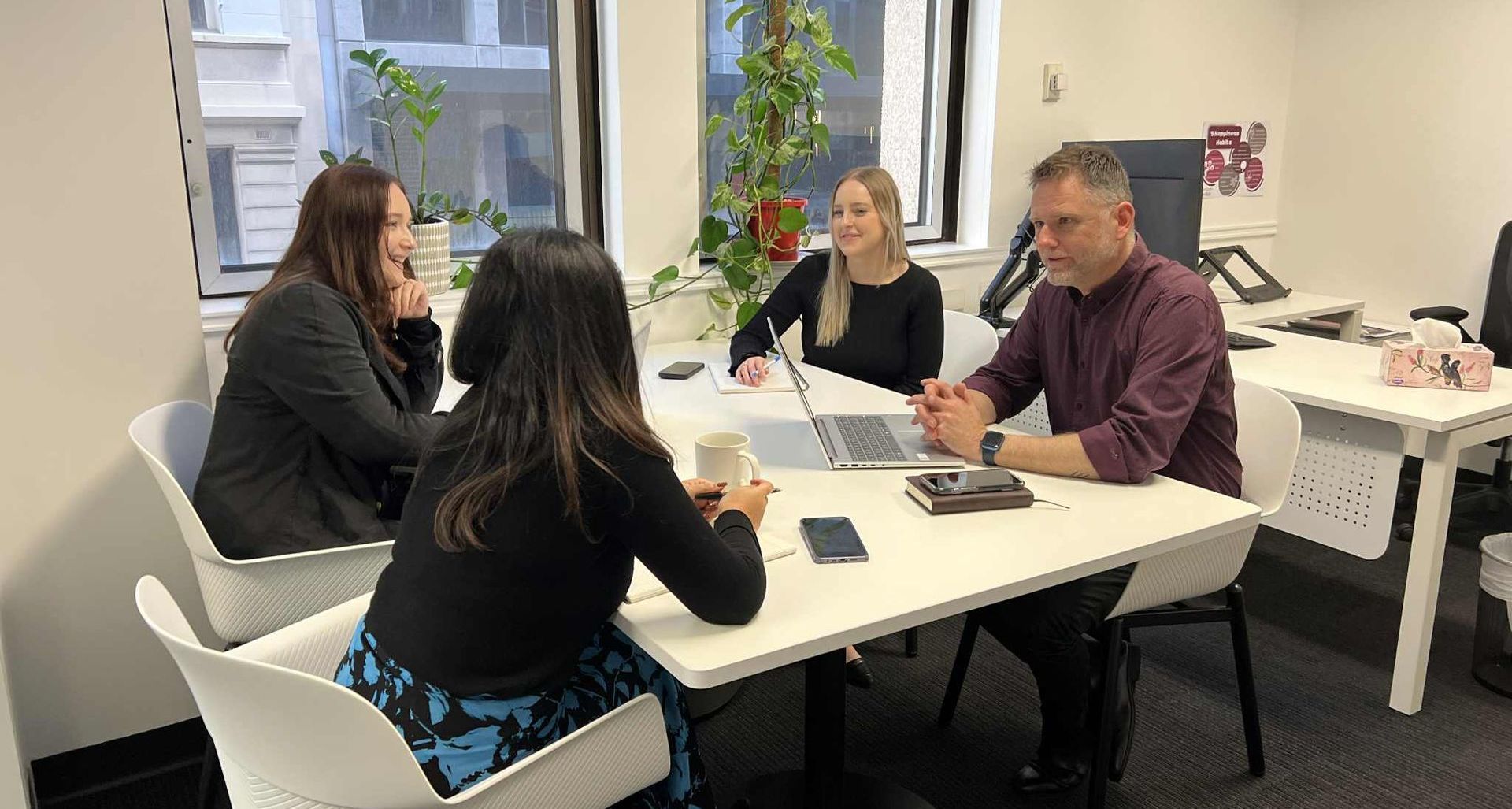When should you rethink traditional recruitment fees? There is another way
Percentage based recruitment fees still have their place (yes, we offer them too). But for high volume or ongoing hiring, a flexible hourly based Talent Solutions model could make more strategic and financial sense for your business.
Not all recruitment needs are created equal
When we founded Harrison McMillan, we listened to organisations who were frustrated with traditional, one-size-fits-all recruitment models. They understood the importance of securing the right talent and wanted expert support, yet often found themselves locked into rigid fee structures that didn’t reflect their hiring realities.
While contingent recruitment fees can deliver strong outcomes, particularly for niche, hard-to-fill or executive roles, many organisations told us they needed something more adaptable for high-volume, recurring or project-based hiring. They wanted to support their internal teams, not replace them, and needed scalable solutions without increasing headcount.
That’s where our Talent Solutions model began.
Why percentage-based recruitment still works in the right context
We continue to deliver outstanding results through our percentage-based recruitment services. In fact, for specific hiring scenarios, this model remains highly effective.
Situations where contingent or retained recruitment is most suitable include:
- Hard-to-fill or specialist roles
- End-to-end outsourcing of the recruitment process
- Access to passive talent and market insights
- Performance-based partnerships for critical hires
- Roles requiring deep sector knowledge and networks
- In these cases, our team draws on over a decade of experience and a national talent network to deliver high-quality candidates efficiently and with confidence
But what if you’re hiring frequently or need more hands-on support?
Many organisations are navigating complex and dynamic workforce needs, managing multiple vacancies at once, responding to change, or rolling out new projects. In these environments, a traditional recruitment model can quickly become limiting, inefficient or cost-prohibitive.
We often support organisations facing:
- HR or People & Culture teams stretched across competing priorities
- In-house recruiters managing more roles than capacity allows
- Delayed time-to-hire and missed recruitment targets
- Hiring managers coordinating interviews or writing ads themselves
- Limited recruitment tech, manual processes and minimal data visibility
- No coverage during leave or peak demand periods
- Project or interim hiring needs without the justification for additional FTEs
- Agency fees that escalate with volume, eroding return on investment
- This is where our embedded, flexible Talent Solutions model makes an immediate difference
How our Talent Solutions model works
Instead of charging per placement, we provide flexible recruitment support through hourly packages or flat cost hires. You only pay for what you use, with complete visibility and no surprises or work on performance based contracts.
Key features include:
- A complete recruitment team (manager, senior and volume recruiters)
- Onsite or offsite recruiters integrated into your team
- No commissions, no % placement fees
- Easily scalable to meet fluctuating hiring demand
- Transparent delivery, trackable progress and regular reporting
- All technology and processes included
- Popular with businesses going through change or managing steady recruitment needs
- This approach allows you to scale your function without increasing headcount or compromising on quality
The best of both worlds
Many clients value having access to both our traditional and flexible models. They engage us for contingent or retained recruitment when needed and supplement it with embedded support for operational or high-volume needs.
Often, they start with one model and add the other once they see the value. It’s not about choosing one over the other, it’s about having the right model for the role, the project and the stage of growth.
Final thoughts
Recruitment is not just about filling jobs, it’s about aligning the right delivery model to your business goals, timeframes and budget. Whether you need a trusted partner for executive search or a cost-effective way to scale your recruitment operations, we offer flexible, proven options to support you.
If you’re exploring how to make your recruitment process more effective and efficient, we’d be happy to guide you through what’s possible.












